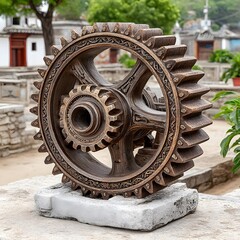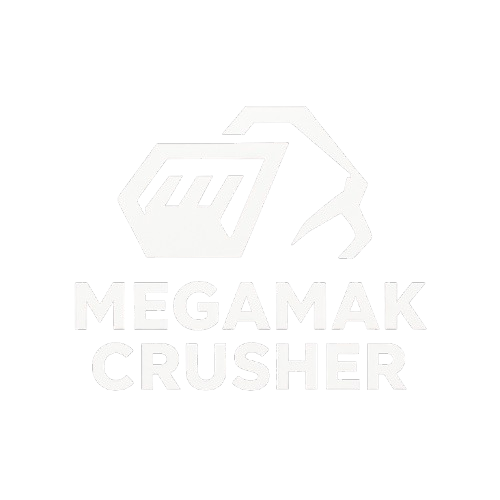Wear Parts Management: Extending Equipment Life

Effective wear parts management is essential for maintaining crusher performance, minimizing downtime, and reducing operational costs. Crushers, screens, and conveyors are subject to significant wear due to the abrasive nature of materials being processed. Proactively managing wear parts ensures consistent production, extends equipment life, and improves overall plant efficiency.
Understanding Wear Patterns is the first step in effective management. Components such as jaw plates, cone liners, blow bars, and screen panels experience wear at varying rates depending on material hardness, feed size, and operational conditions. Regular monitoring helps operators identify which parts are wearing faster and require replacement. Recognizing wear trends also allows for better planning of maintenance schedules, preventing unexpected failures.
Scheduled Replacement and Stock Management are critical. Keeping an adequate inventory of high-quality spare parts ensures replacements can be made promptly, minimizing downtime. Replacing parts proactively rather than waiting for total failure reduces the risk of secondary damage to other components and helps maintain consistent product quality. Partnering with reputable suppliers ensures parts meet OEM specifications and performance standards.
Advanced Materials and Coatings contribute to longer wear life. High-chrome, manganese, or specialized alloy components resist abrasion and impact better than standard materials. Some modern wear parts feature engineered coatings that extend service intervals and improve efficiency. Choosing the right material for specific applications maximizes durability and reduces maintenance frequency.
Maintenance Best Practices include proper installation, alignment, and lubrication. Correct installation prevents uneven wear, while proper alignment ensures efficient crushing and reduces stress on components. Lubrication of moving parts is essential for minimizing friction, heat buildup, and premature wear. Routine inspections and cleaning further enhance component longevity.
Data-Driven Management is becoming increasingly important. Sensors and IoT-enabled monitoring systems can track wear in real time, providing alerts when parts reach predefined thresholds. Predictive analytics allows operators to schedule replacements before failures occur, improving uptime and optimizing inventory usage. Data-driven management reduces emergency maintenance, lowers costs, and increases overall operational reliability.
Operator Training is another vital aspect. Educated operators understand the impact of feed consistency, machine settings, and operational practices on wear. By managing feed size, controlling overloads, and following recommended operating procedures, operators can significantly extend the life of wear parts.
In conclusion, proactive wear parts management combines monitoring, quality components, proper installation, and data-driven strategies. By implementing a comprehensive wear parts program, crushing operations can maintain consistent production, reduce downtime, extend equipment life, and achieve cost savings — ultimately enhancing plant efficiency and profitability.
